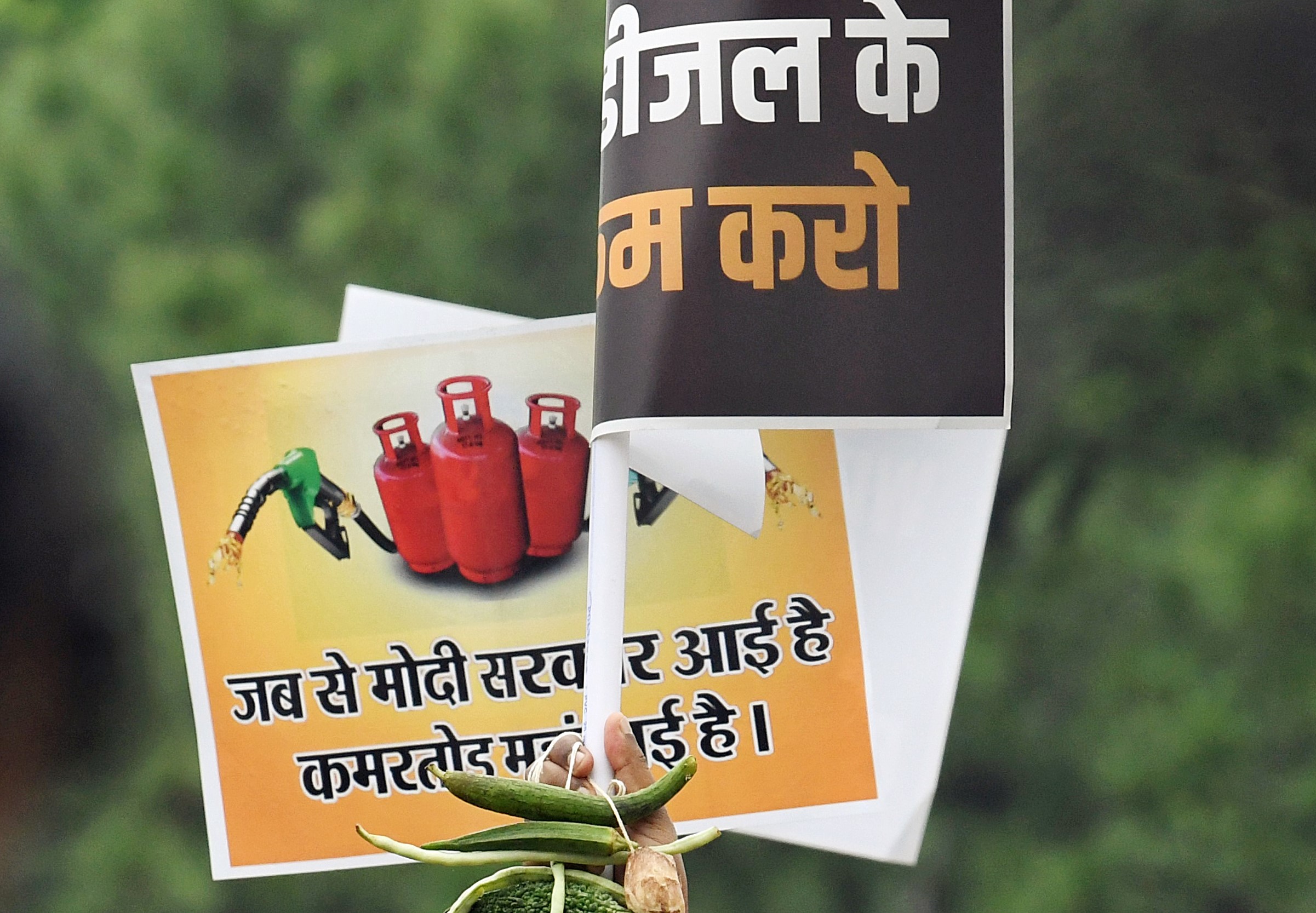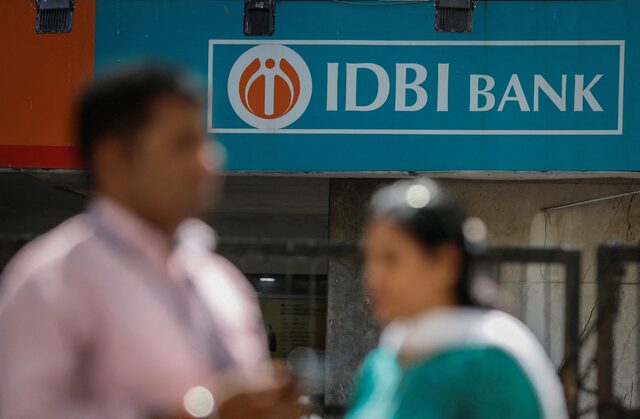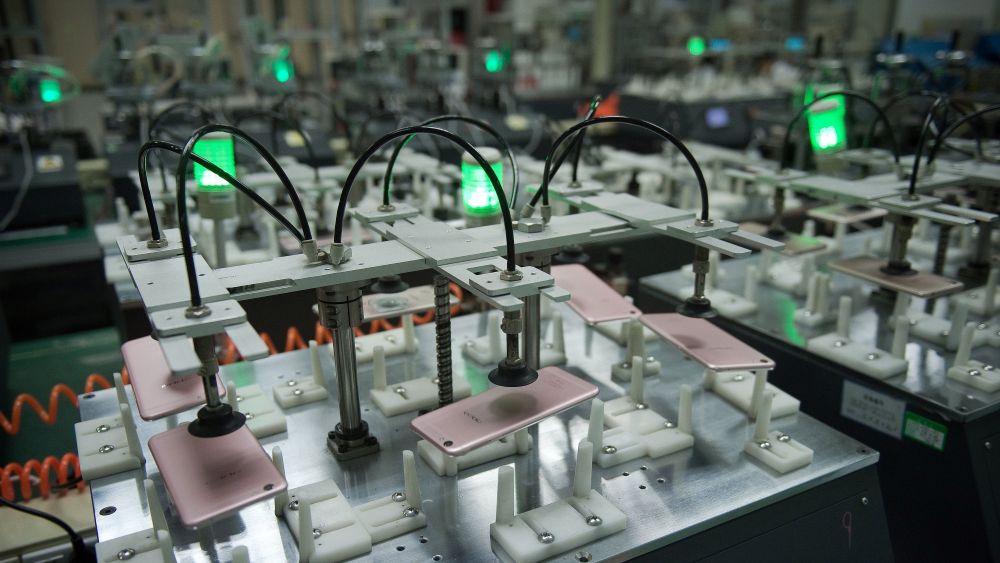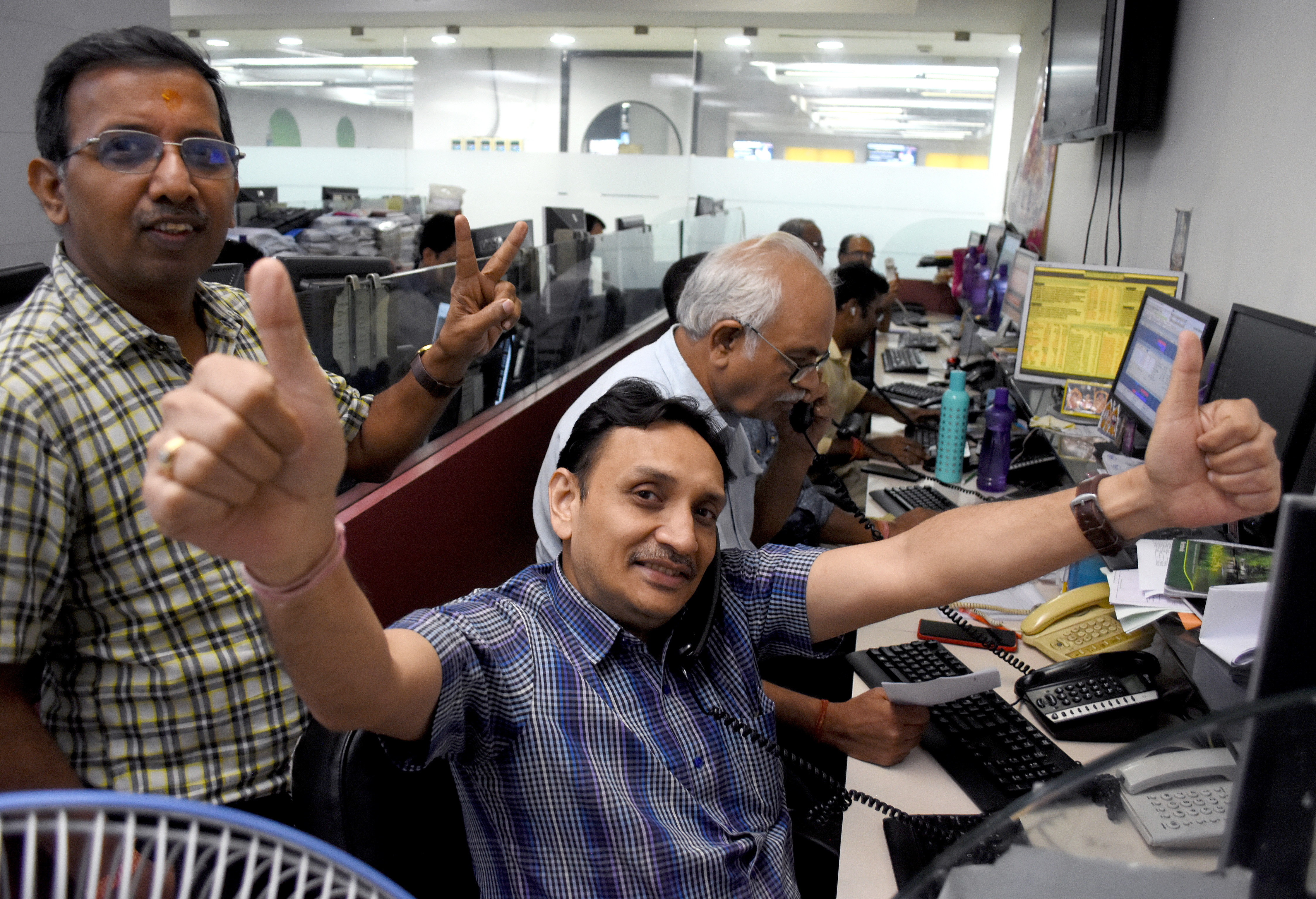Depleting forex reserves faced with the high cost of imported goods, and the ongoing monetary policy tightening by the US Federal Reserve triggered the currency’s depreciation
Our Bureau
New York/Mumbai
The risk of weakness in currencies in the emerging economies in Asia is worrisome, and more so the risk is greater in India with a new bout of rupee weakness, which could force the Reserve Bank of India to “press harder on the brakes”, according to Moody’s Analytics.
The rupee weakness, according to Moody’s, may slow in what it earlier expected India to be one of emerging Asia’s best-performing economies. The Indian rupee had been volatile for almost a year now and hit several fresh all-time lows as the US dollar strengthened against major global currencies. In October 2022, the rupee breached the 83-mark for the first time in its history.
The rupee is currently hovering above 82 per US dollar.
Depleting forex reserves faced with the high cost of imported goods, and the ongoing monetary policy tightening by the US Federal Reserve triggered the currency’s depreciation. Investors tend to move towards stable markets, such as the US, for better and stable returns amid any tight monetary policy.
Typically, the RBI, from time to time, intervenes in the market through liquidity management, including through the selling of dollars, with a view to preventing a steep depreciation in the rupee.
“The risk of currency weakness in emerging Asia is especially worrisome given its status as the cradle of the EM (emerging market) recovery. Our outlook calls for economies in emerging Asia to handily outperform the rest of the EM cohort as China’s rebound gains momentum and as pent-up demand, still on hold from the Delta wave in India and Southeast Asia, props up consumer spending,” Moody’s said in a report.
“But further currency weakness could put the region’s central banks in a bind,” it said.
About India’s inflation, the report said it was no longer rising, but higher food prices were a key concern.
“Although the (RBI February monetary policy) meeting’s minutes showed only one member concerned with the Fed’s pace of tightening, this could quickly change when the bank meets in April, especially if faster Fed tightening and market jitters cause the rupee to weaken further,” the report said.
The Monetary Policy Committee (MPC) of the RBI in the February meeting decided to raise the repo rate, at which the RBI lends money to all commercial banks, by 25 basis points to 6.5 per cent. The rate hiking spree started in May last year to check inflation.
Since May last year, the RBI has increased the short-term lending rate (repo rate) by 250 basis points, to contain inflation, driven mainly by external factors, especially global supply chain disruptions following the Russia-Ukraine war outbreak.
Retail inflation in India fell marginally but remained above RBI’s 6 per cent upper tolerance band for the second straight month in February 2023, with the Consumer Price Index pegged at 6.44 per cent. In January, the retail inflation was 6.52 per cent.
India’s retail inflation was above RBI’s 6 per cent target for three consecutive quarters and had managed to fall back to the RBI’s comfort zone only in November 2022. Under the flexible inflation targeting framework, the RBI is deemed to have failed in managing price rises if the CPI-based inflation is outside the 2-6 per cent range for three quarters in a row.
Meanwhile, the US Federal Reserve raised interest rates by a quarter of a percentage point on Wednesday, but indicated it was on the verge of pausing further increases in borrowing costs amid recent turmoil in financial markets spurred by the collapse of two US banks. The move set the US central bank’s benchmark overnight interest rate in the 4.75%-5.00% range.
When the US Federal Reserve raises its domestic interest rates, the difference between the interest rates of the two countries – US and India – decreases. That makes India less attractive for the currency carry trade. Consequently, some of the money may be expected to move out of the Indian markets and flow back to the US, therefore decreasing the value of India’s currency against the US dollar.
The Reserve Bank of India is expected to hike key rates as the central bank will need to ensure that there is an interest rate differential between India and the US to attract dollars at a time when India is expected to witness a record current account deficit.


























